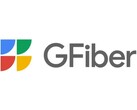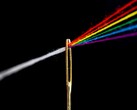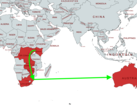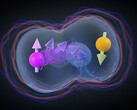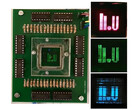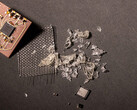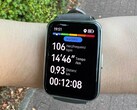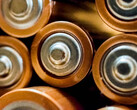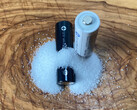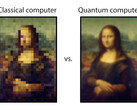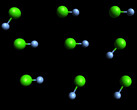Several quantum computers have already been built. They have performed calculations and are said to have already produced fascinating results.
Even if there are certainly critical voices that deny quantum computers a practical use or at least question the time and resources required for their research, the theory is promising.
A few hundred qubits would be enough to outperform modern processors with billions of transistors. This is due to the quantum entanglements that form between the qubits. These higher levels of two, three or more qubits increase performance - like the interconnected neurons in the human brain.
However, this information based on quantum entanglements can hardly be extracted and certainly not stored or transmitted, which ultimately amounts to the same thing. Photons also interact with each other.
This means that two photons in a bundle carry more information than the two individually and added together. Greater than the sum of the individual parts, if you like.
This complicated act of transmitting and storing photons has now been achieved in a collaboration between a number of European universities, specifically two British and two German universities in London, Southampton, Stuttgart and Würzburg.
The researchers were able to construct transmitters and receivers of quantum entangled particles. The transmission and subsequent storage in particular has caused major problems to date. The study talks about almost five years of research.
The system had to be newly developed because existing transmissions rely on the broadest possible light spectrum so that the photons do not interfere. But this is exactly what must happen with the quantum entangled network.
The solution is a "quantum dot", a bundle of non-entangled photons that pass through a quantum memory system. A circuit made of rubidium atoms is used to store the photons and the information they then record.
As complex as this construction is, fiber optic cables, such as those used in many Internet connections, are suitable for transmitting the photons themselves. With a wavelength of just under 1,500 nanometers, outside the visible range, the quantum dots are in the standard frequency band.
At the very least, quantum networks could be realized with them, even if success in storage is currently limited to a few moments, not to mention the general effort involved.



